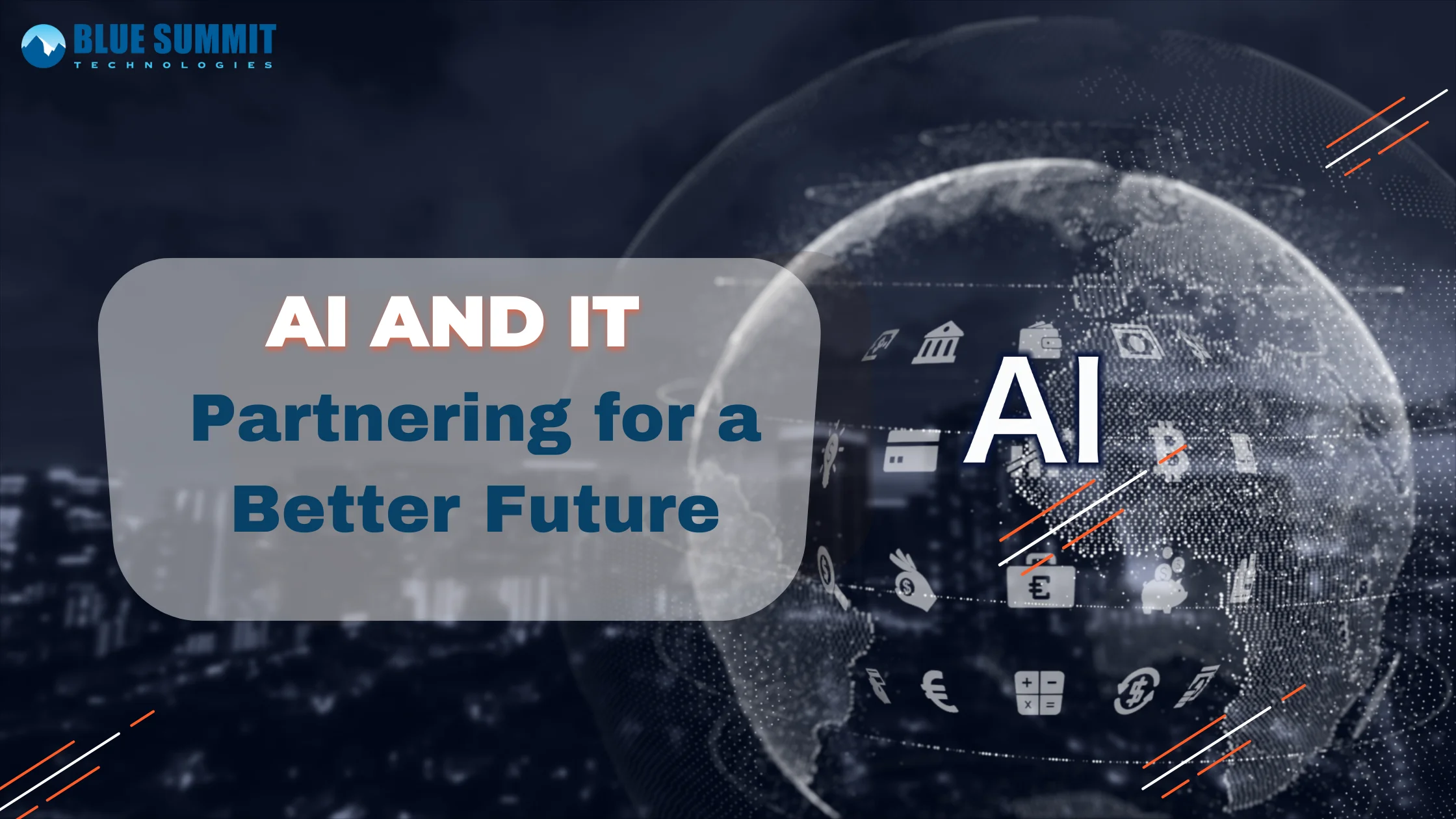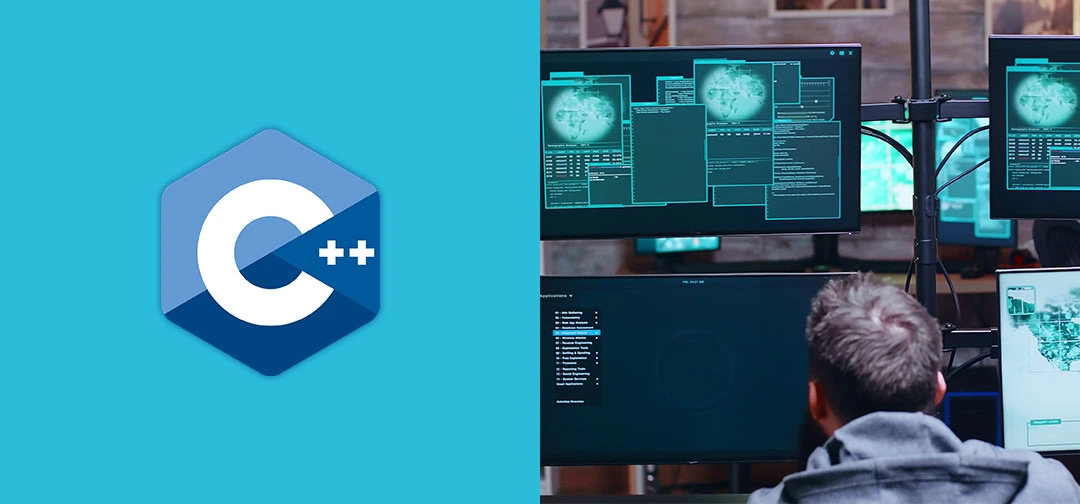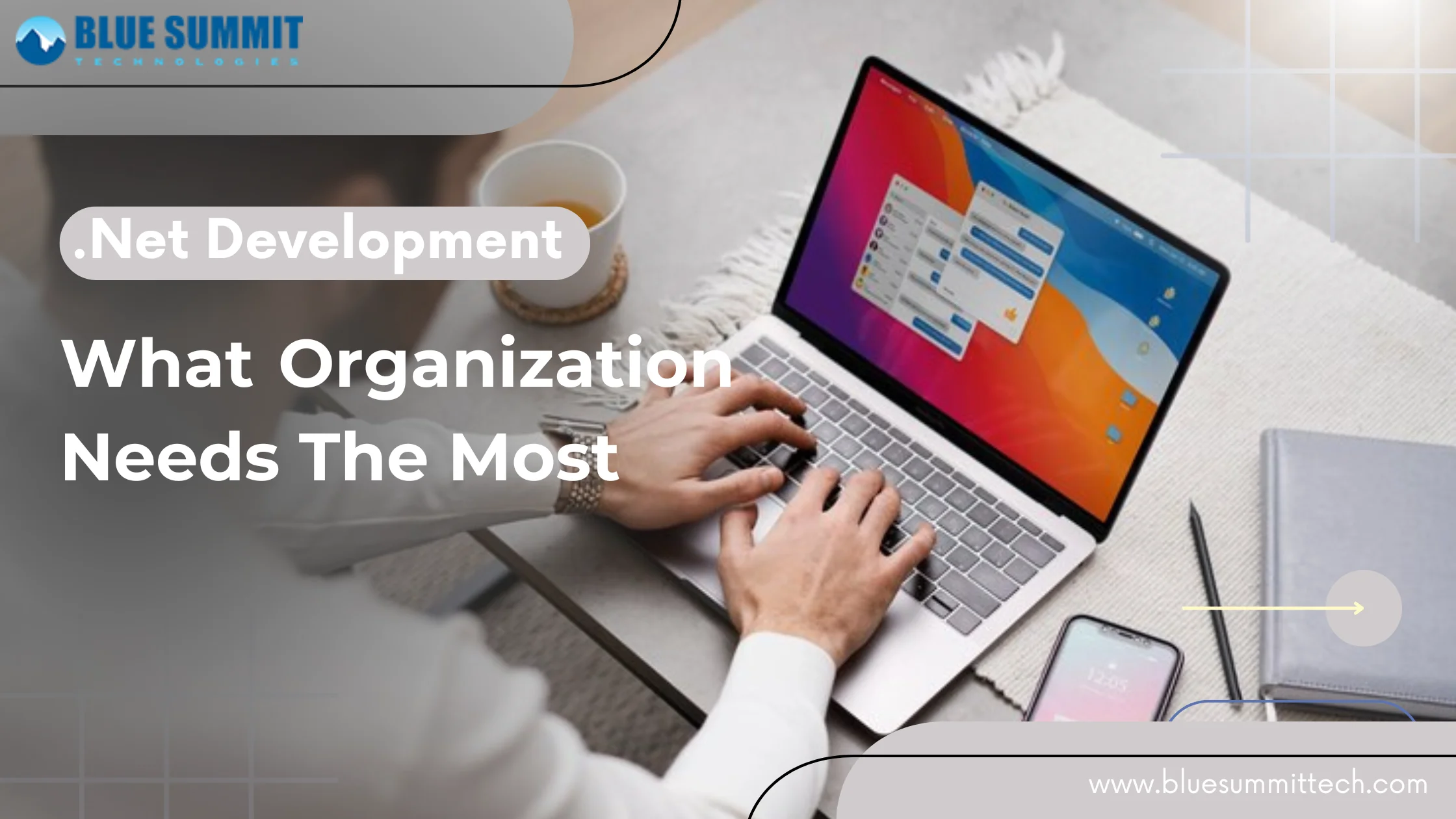
Posted on Wednesday, Apr 17th, 2024
Leveraging the AI Advantage: Revolutionizing IT Infrastructure Management and Security
In today's dynamic IT landscape, characterized by escalating data volumes, intricate infrastructure frameworks, and increasingly sophisticated cyber threats, traditional methods of IT management are finding it challenging to keep pace. However, there's a beacon of hope in the form of Artificial Intelligence (AI), offering a robust arsenal of tools to optimize both IT infrastructure and security protocols. AI systems leverage advanced algorithms to analyze vast amounts of data, identify patterns, and predict potential issues before they escalate, providing invaluable support in the continuous evolution of IT management strategies.
AI for Streamlined Infrastructure Management
1. Predictive Maintenance
Gone are the days of reactive maintenance. AI, armed with the ability to analyze historical data and sensor readings, can now predict equipment failures before they occur. This proactive approach minimizes downtime, slashes operational costs, and fosters uninterrupted business continuity.2. Resource Optimization
AI's analytical prowess extends to resource utilization across servers and storage systems. By discerning underutilized resources and dynamically reallocating them, AI ensures optimal performance while simultaneously curtailing infrastructure expenditure.3. Automated Workflows
Mundane, repetitive tasks such as server provisioning and configuration management are prime candidates for automation by AI. This liberation of IT staff from menial chores enables them to channel their efforts toward strategic initiatives and higher-value tasks.AI Systems for Enhanced IT Security
1. Anomaly Detection
In today's hyperconnected world, the sheer volume and complexity of network traffic make it increasingly challenging to detect subtle signs of cyber threats. This is where AI shines. By leveraging machine learning algorithms, AI can analyze vast streams of network traffic and user behavior in real-time. This analytical prowess enables AI to swiftly identify anomalies that deviate from established patterns.Whether it's unusual access patterns, anomalous data transfers, or suspicious login attempts, AI-powered anomaly detection systems act as vigilant sentinels, flagging potential threats before they escalate. This expedited detection and response not only mitigate potential damages but also fortify the organization's cybersecurity posture, reducing the risk of data breaches and network intrusions.
2. Threat Hunting
These days when traditional signature-based security tools, while effective against known threats, often fall short when it comes to identifying emerging threats and zero-day vulnerabilities. This is where AI-driven threat hunting comes into play. With its unparalleled ability to sift through colossal volumes of security data, AI can discern subtle indicators of malicious activity that may elude human analysts and traditional security solutions.By analyzing patterns, anomalies, and correlations within security logs, AI identifies nascent threats and zero-day vulnerabilities, enabling organizations to take pre-emptive action before they can wreak havoc. This proactive approach to threat hunting not only enhances the organization's resilience against evolving cyber threats but also empowers security teams to stay one step ahead of adversaries, safeguarding critical assets and data.
3. Security Automation
The realm of cybersecurity is replete with routine, time-consuming tasks, such as system patching, log analysis, and vulnerability assessments. These manual chores not only drain valuable resources but also introduce the risk of human error. Here's where AI-driven security automation comes to the rescue. By harnessing AI algorithms, organizations can automate mundane security tasks, relieving security personnel of repetitive chores and enabling them to focus on intricate investigations and strategic cybersecurity initiatives. Whether it's automatically applying software patches to mitigate vulnerabilities or analyzing security logs to identify suspicious activities, AI-driven security automation streamlines the security operations workflow, enhancing efficiency, accuracy, and responsiveness.Moreover, by leveraging AI's predictive capabilities, organizations can proactively anticipate security threats and vulnerabilities, enabling preemptive mitigation measures to be implemented swiftly.
The Human-AI Partnership
While AI boasts tremendous capabilities, it's essential to recognize it as a tool rather than a panacea. The crux of its power lies in the symbiotic relationship between humans and AI:1. Human Oversight
As guardians of responsible AI usage, humans ensure that AI tools operate ethically and in alignment with organizational values. Human oversight ensures that AI systems are continually refined and optimized to meet evolving business needs.2. Strategic Decision-Making
While AI furnishes invaluable insights, the ultimate responsibility for strategic decisions regarding infrastructure changes and security responses rests with humans. Human judgment factors in contextual nuances and organizational objectives, guiding AI-driven initiatives toward desired outcomes.The Future of AI in IT
Despite being in its infancy within the IT sector, AI promises a transformative impact, offering a glimpse into a future characterized by unprecedented efficiency, resilience, and innovation.1. Self-Healing Networks
Imagine a network infrastructure that possesses the innate ability to detect and rectify anomalies autonomously, without human intervention. This vision of self-healing networks powered by AI represents a paradigm shift in IT management. AI algorithms, continuously analyzing vast amounts of network data, can swiftly identify deviations from normal operation patterns.Everything from a hardware malfunction, a configuration error, or a malicious intrusion, AI-driven systems can promptly respond, mitigating operational disruptions and fortifying network resilience. By proactively addressing issues before they escalate, self-healing networks usher in an era of enhanced reliability and uptime, enabling organizations to maintain peak performance even in the face of unforeseen challenges.
2. Adaptive Security
In an age where cyber threats evolve at breakneck speed, static security measures are no longer sufficient to safeguard digital assets. Enter adaptive security, where AI systems leverage real-time threat intelligence and user behavior analytics to personalize defense mechanisms. By continuously monitoring network activity and identifying patterns indicative of potential threats, AI-driven security solutions can dynamically adjust security protocols to mitigate risks effectively.Whether it's identifying and neutralizing malware, detecting unauthorized access attempts, or thwarting sophisticated phishing attacks, adaptive security powered by AI empowers organizations to stay one step ahead of cyber adversaries. By tailoring security measures to specific threats and vulnerabilities, adaptive security ensures comprehensive protection while minimizing false positives and operational overhead.
3. Cognitive IT Support
The traditional model of IT support, characterized by lengthy response times and cumbersome ticketing systems, is ripe for disruption. Enter cognitive IT support, where AI-driven chatbots and virtual assistants revolutionize the end-user experience. Equipped with natural language processing capabilities and vast repositories of knowledge, AI-powered assistants provide instantaneous and personalized support to end-users.Now if it's troubleshooting technical issues, guiding users through software installations, or providing on-demand training resources, cognitive IT support streamlines the support process, reducing resolution times and enhancing user satisfaction. By leveraging AI to automate routine support tasks and empower end-users with self-service capabilities, organizations can boost productivity, minimize downtime, and free up IT resources to focus on strategic initiatives.
Conclusion
By embracing AI systems as a strategic ally, IT teams can unlock a significant competitive advantage in managing complex infrastructure and fortifying cybersecurity defenses. As AI technology continues to mature and evolve, the potential for optimization and security enhancements becomes increasingly profound. However, it's paramount to remember that it is a tool wielded in conjunction with human expertise, not a substitute for it. Together, humans and Artificial Intelligence can chart a course toward a future where IT professionals harness the full spectrum of AI capabilities to achieve unparalleled efficiency, resilience, and security in the digital realm.For further insights into advancements in AI and related technological developments, we encourage you to stay connected with us for ongoing updates and in-depth information.
REFER TO OTHER RELEVANT CONTENTS

C++ Development Services
Get a dedicated C++ development team in 7 Days! Get Started C++ is a widely adopted object-oriented programming language that is leveraged to develop high-performance, large-scale enterprise applications that can run seamlessly across multiple platforms and devices. Its popularity stems from the ability to construct...
read more








